Course to Independence: Can Russia Replace Imported Auto Parts?
- September 20, 2022
- 0
A new list of goals and priorities has been drawn up for the domestic auto industry. One of the main tasks of the updated industrial course is the
A new list of goals and priorities has been drawn up for the domestic auto industry. One of the main tasks of the updated industrial course is the
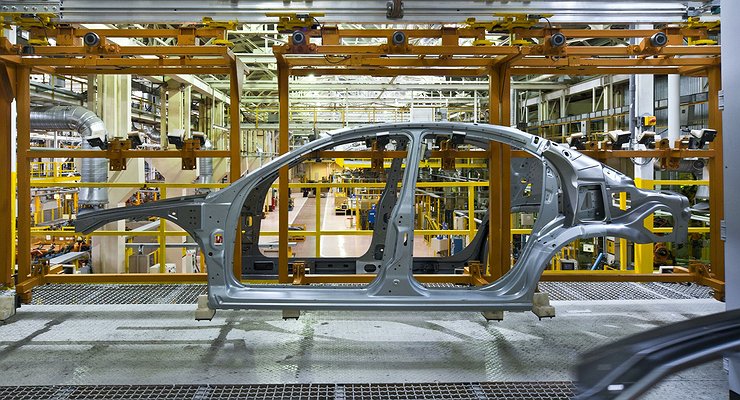
As part of the implementation of Vladimir Putin’s July instruction, the Ministry of Industry and Trade of the Russian Federation has developed a different strategy for the development of the automotive industry. The earlier concept, calculated until 2025, proved irrelevant under Western sanctions. What has changed? The statements about all kinds of integration into the world markets disappeared from the document, but there were clauses on “regulation of the admission of foreign companies”, in which Russia’s previous course of attracting foreign car assemblers to the territory of the country was considered ineffective. is recognized.
One of the main objectives was to grow the production of auto parts (engines and active and passive safety systems, including the production of small diesel engines, automatic transmissions, ABS, ESP, airbags) and to meet the demand for domestic cars by 80 percent. %.
According to the department’s calculations, it will take at least 2.7 trillion to create a competitive base of parts and achieve the infamous sovereignty. rubles (for research and development work – R&D) for the entire period of the program.
An additional 500 million rubles each in the strategy until 2035 is committed to boost demand for and exports of Russian-made cars. At the same time, the main investments in the strategic project are expected from the business community, with state support of course also “due to various financial and regulatory measures”.
Strangely enough, the strategy of a radical redistribution of industry under the pressure of sanctions and a sharp change in the economic situation for some reason resembles a list of shortcomings. Experts, in turn, praise the regulator for its courage to admit weaknesses and its own mistakes, but note that there are no details to change the situation.
– It is gratifying to understand that the authors of the document had the courage to admit the actual absence in the country of the industry for the production of components, necessary technologies, personnel, as well as the dependence of the domestic industry on foreign solutions , suppliers and technologies … At the same time, it is completely unclear how exactly these goals and objectives will be implemented, – Anton Shaparin, vice president of the National Automobile Union, told Izvestia.
There are problems especially with highly qualified personnel. The Ministry of Industry and Commerce recognizes the shortage of 10,000 available automotive engineers, but offers essentially nothing.
– The industry continues to suffer from an acute shortage of qualified scientific, technical and labor personnel, both at the level of car manufacturers and at the level of suppliers of parts and materials… The most critical impact of the shortage of qualified personnel is on the most high-tech segments of the industry, for example, automotive electronics in engineers and IT specialists – the text of the “Strategy for the development of the automotive industry of the Russian Federation until 2035”.
Questions remain about achieving total independence. “After all, the Russian automotive industry is not a spherical horse in a vacuum: absolute independence in the automotive components segment and the creation of a full industrial production is impossible,” says Igor Morzharetto, partner of the analytical agency Avtostat.
According to him, no car in the world can be produced 100% only from domestic components, this is a “subsistence economy”, so the Russian auto industry will somehow be forced to buy at least something from partners. Of the existing risks, the replacement of the “western car needle” with an Asian one.
In addition, the auto industry may never get off the ground if “unfriendly countries” introduce a secondary package of sanctions, or Chinese partners come up with their own restrictions “in purchasing components, technologies, materials and equipment, software for locating the automotive industry’s component base”.
The Ministry of Industry and Trade is trying to alleviate the discomfort of the “weightlessness” in which the Russian car industry now finds itself. It therefore assumes three scenarios for the “build-up” of the market up to 2035: a baseline scenario with sales volume of 800,000 cars in 2022 and reaching the target of 1.6 million cars by 2026; pessimistic – sales of 1.3 million cars by 2026; optimistic — adherence to the baseline pace, with subsequent growth to 3 million cars by 2030.
But despite the effort to formulate new perspectives for the auto industry, the Ministry of Industry and Commerce has not yet found tools for an effective response to Western restrictions. This is “eloquently” proven by the strategic document. However, it would have been possible to document their mistakes with less fanfare given the already growing tension of the political moment.
And let the departure of foreign manufacturers be compensated for by Stakhanov’s standards and focus on partner markets. After all, sometimes – without a hint of the now popular historicism – isolation is good for some economic niche.
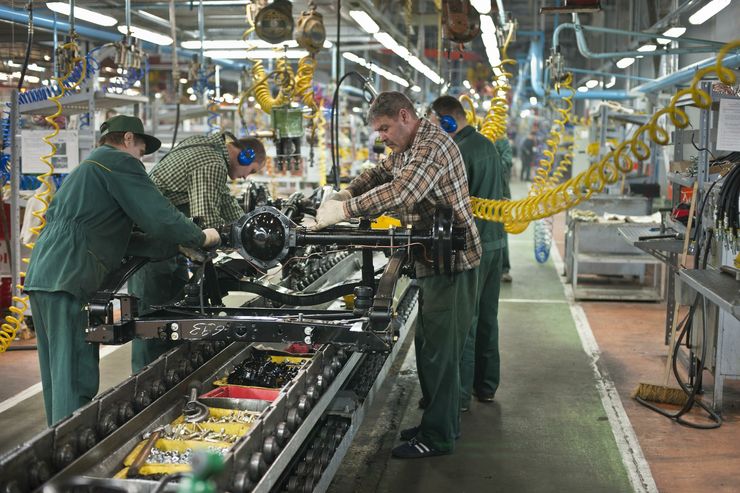
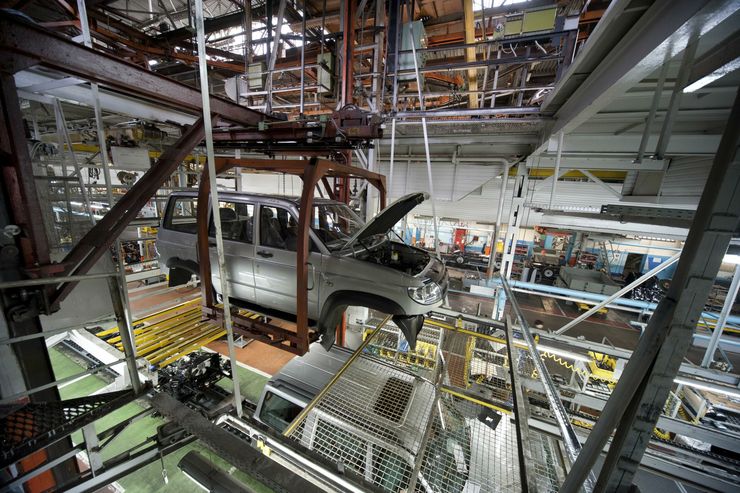
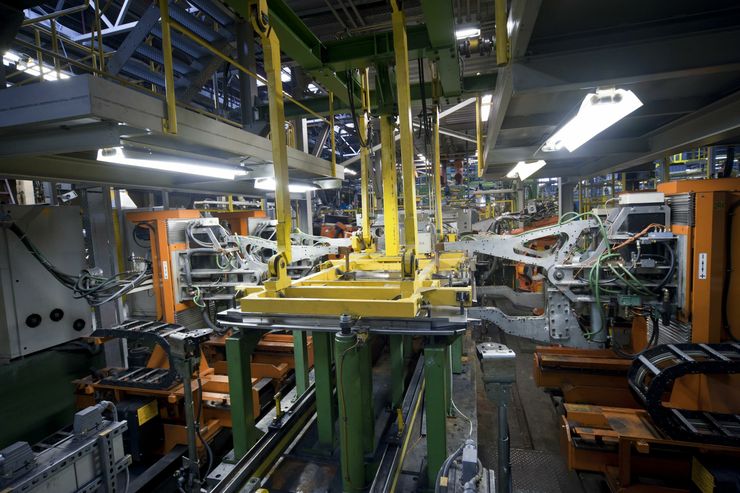
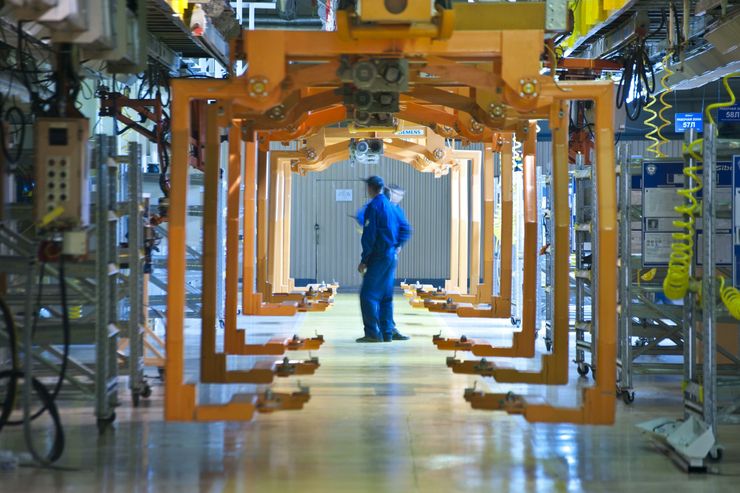
As part of the implementation of Vladimir Putin’s July instruction, the Ministry of Industry and Trade of the Russian Federation has developed a different strategy for the development of the automotive industry. The earlier concept, calculated until 2025, proved irrelevant under Western sanctions. What has changed? The statements about all kinds of integration into the world markets disappeared from the document, but there were clauses on “regulation of the admission of foreign companies”, in which Russia’s previous course of attracting foreign car assemblers to the territory of the country was considered ineffective. is recognized.
One of the main objectives was to grow the production of auto parts (engines and active and passive safety systems, including the production of small diesel engines, automatic transmissions, ABS, ESP, airbags) and to meet the demand for domestic cars by 80 percent. %.
According to the department’s calculations, it will take at least 2.7 trillion to create a competitive base of parts and achieve the infamous sovereignty. rubles (for research and development work – R&D) for the entire period of the program.
An additional 500 million rubles each in the strategy until 2035 is committed to boost demand for and exports of Russian-made cars. At the same time, the main investments in the strategic project are expected from the business community, with state support of course also “due to various financial and regulatory measures”.
Strangely enough, the strategy of a radical redistribution of industry under the pressure of sanctions and a sharp change in the economic situation for some reason resembles a list of shortcomings. Experts, in turn, praise the regulator for its courage to admit weaknesses and its own mistakes, but note that there are no details to change the situation.
– It is gratifying to understand that the authors of the document had the courage to admit the actual absence in the country of the industry for the production of components, necessary technologies, personnel, as well as the dependence of the domestic industry on foreign solutions , suppliers and technologies … At the same time, it is completely unclear how exactly these goals and objectives will be implemented, – Anton Shaparin, vice president of the National Automobile Union, told Izvestia.
There are problems especially with highly qualified personnel. The Ministry of Industry and Commerce recognizes the shortage of 10,000 available automotive engineers, but offers essentially nothing.
– The industry continues to suffer from an acute shortage of qualified scientific, technical and labor personnel, both at the level of car manufacturers and at the level of suppliers of parts and materials… The most critical impact of the shortage of qualified personnel is on the most high-tech segments of the industry, for example, automotive electronics in engineers and IT specialists – the text of the “Strategy for the development of the automotive industry of the Russian Federation until 2035”.
Questions remain about achieving total independence. “After all, the Russian automotive industry is not a spherical horse in a vacuum: absolute independence in the automotive components segment and the creation of a full industrial production is impossible,” says Igor Morzharetto, partner of the analytical agency Avtostat.
According to him, no car in the world can be produced 100% only from domestic components, this is a “subsistence economy”, so the Russian auto industry will somehow be forced to buy at least something from partners. Of the existing risks, the replacement of the “western car needle” with an Asian one.
In addition, the auto industry may never get off the ground if “unfriendly countries” introduce a secondary package of sanctions, or Chinese partners come up with their own restrictions “in purchasing components, technologies, materials and equipment, software for locating the automotive industry’s component base”.
The Ministry of Industry and Trade is trying to alleviate the discomfort of the “weightlessness” in which the Russian car industry now finds itself. It therefore assumes three scenarios for the “build-up” of the market up to 2035: a baseline scenario with sales volume of 800,000 cars in 2022 and reaching the target of 1.6 million cars by 2026; pessimistic – sales of 1.3 million cars by 2026; optimistic — adherence to the baseline pace, with subsequent growth to 3 million cars by 2030.
But despite the effort to formulate new perspectives for the auto industry, the Ministry of Industry and Commerce has not yet found tools for an effective response to Western restrictions. This is “eloquently” proven by the strategic document. However, it would have been possible to document their mistakes with less fanfare given the already growing tension of the political moment.
And let the departure of foreign manufacturers be compensated for by Stakhanov’s standards and focus on partner markets. After all, sometimes – without a hint of the now popular historicism – isolation is good for some economic niche.
Source: Avto Vzglyad
I’m Sandra Torres, a passionate journalist and content creator. My specialty lies in covering the latest gadgets, trends and tech news for Div Bracket. With over 5 years of experience as a professional writer, I have built up an impressive portfolio of published works that showcase my expertise in this field.